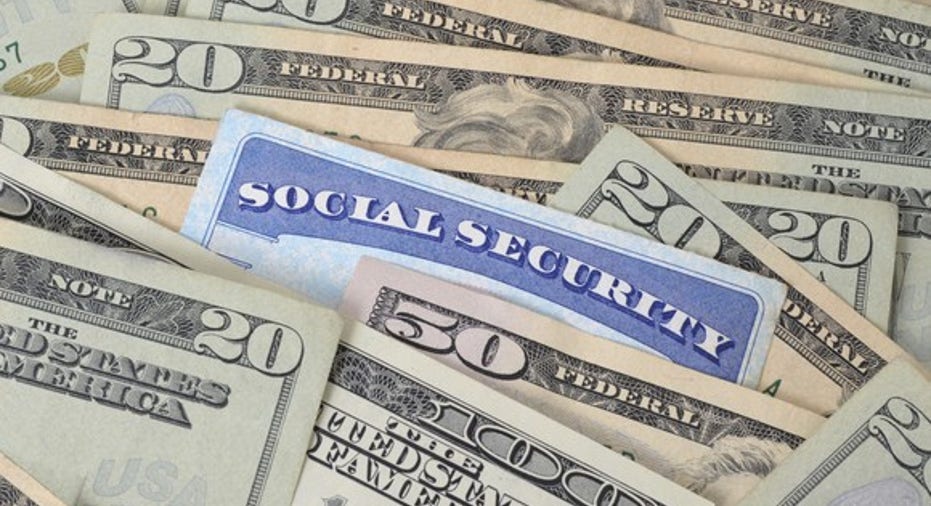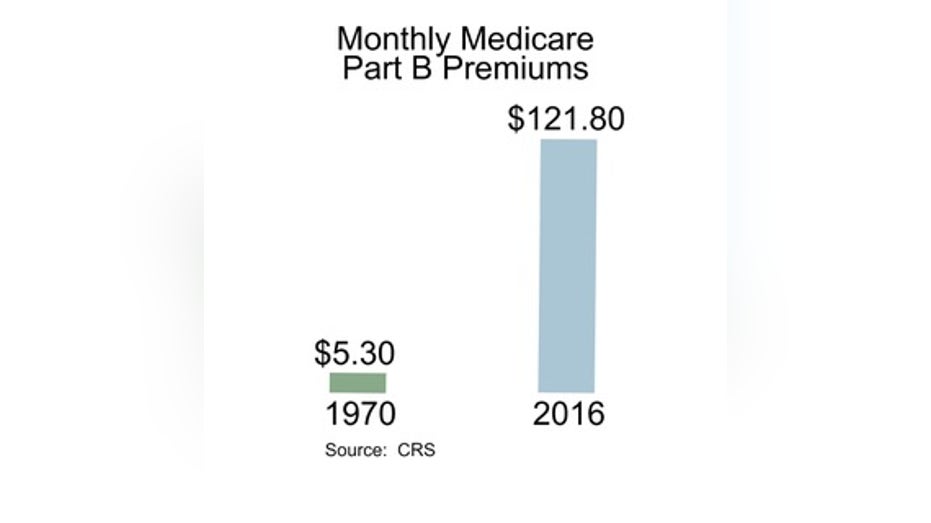Seniors Brace For Smallest Social Security Increase on Record

Let’s start with the good news. For the more than 60 million people who receive Social Security benefits, they will get a cost-of-living increase in 2017. This is positive considering there was no increase in 2016. Here is the bad news. The increase is expected to be around 0.3 percent, the smallest increase on record.
Breaking Even
“For the average Social Security beneficiary, that equates to basically $2 to $6 a month, so it’s very small,” says Max Gulker, a senior research fellow at the American Institute for Economic Research. He expects the cost-of-living increase for 2017 to come in between 0.2 percent to 0.5 percent when the government releases its number on Tuesday.

While Social Security benefits increase, Medicare Part B premiums will rise too. Medicare Part B covers doctor visits, lab tests and outpatient medical treatments. About 70 percent of people enrolled in Medicare are protected by the hold-harmless provision which prevents Medicare Part B premiums from rising more than the cost-of-living increase in Social Security benefits. For the majority of seniors, this means the hike in premiums will not be more than the cost-of-living increase but it could eat up any increase in benefits. In other words, most Social Security recipients will probably see the increase in their payment go towards Medicare costs so they are not likely to see a big change in their monthly checks.
Medicare Part B premiums have been climbing as healthcare costs soar. Back in 1970, the monthly Part B premium was $5.30. This year, the standard monthly premium is $121.80. Meantime, average benefit costs per Part B beneficiary have shot up from about $8 per month in 1970 to more than $460 per month in 2016 according to the Congressional Research Service.

The majority of people enrolled in Medicare are protected by the hold-harmless provision but some are not. One group that does not qualify for the provision are those seniors with higher-incomes, making more than $85,000 per person or $170,000 per couple. More than three million of these higher-income beneficiaries could face a big hike in Medicare premium costs next year.
Big Hike in Premiums
“For the three-quarters of people who are under hold-harmless, there is going to be very little increase possible in their Part B premiums so that often spells bad news for the folks who are not under hold-harmless because whatever sort of cost increase in the system has to be made up from that smaller group,” Gulker says.
The Medicare Trustees estimate premiums for those not protected by the hold-harmless provision could rise 22 percent from $121.80 per month this year to $149 per month next year. The highest income group could see premiums rise from around $380 per month this year to $467 per month next year.
In 2015, Congress stepped in and provided a $7.5 billion loan to the Medicare program which prevented a big spike in Medicare premiums for many higher-income seniors. Gulker says there could be calls from seniors and advocacy groups to get Congress to step in once again to limit the premium increases.
Congress to the Rescue
He points out, however, Congress can only do this so many years and a longer-term solution is eventually needed.



















